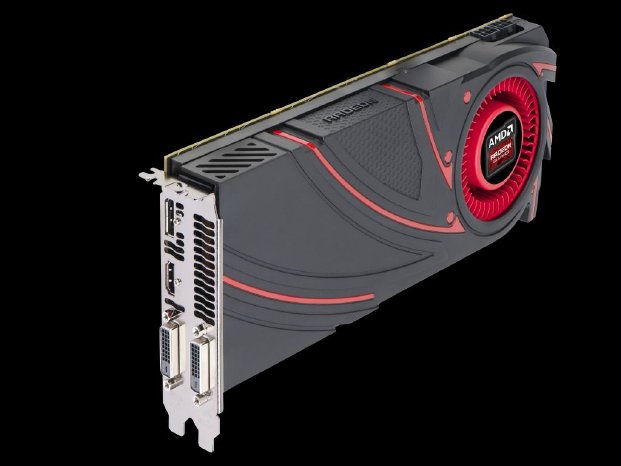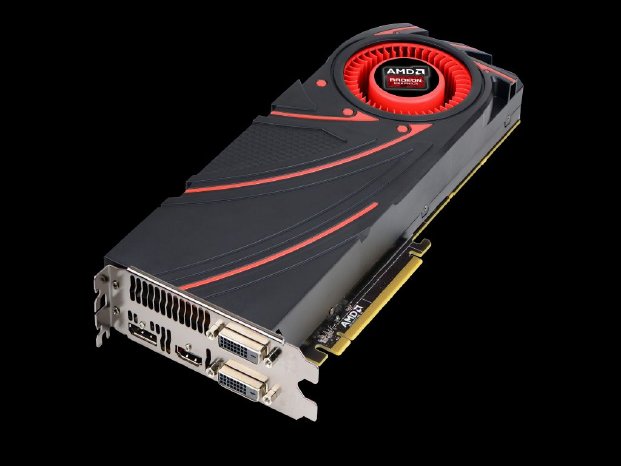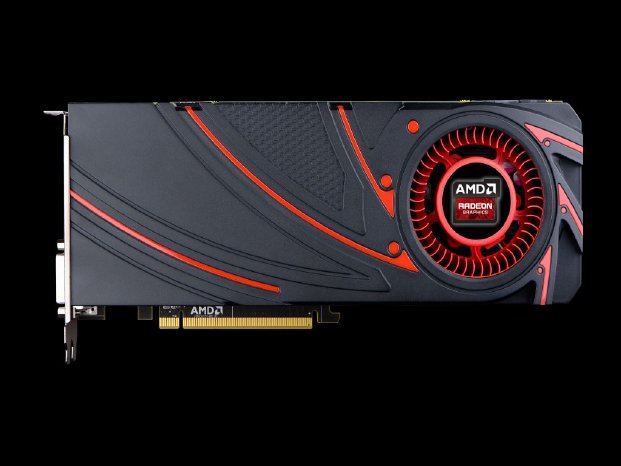"With the AMD Radeon R9 290 GPU, AMD cements its position as the provider of ultimate gaming experiences," said Matt Skynner, general manager and corporate vice president, AMD Graphics Business Unit. "We deliver on the promise of world-class performance and features with the R9 Series graphics cards. With new innovations like Mantle and AMD TrueAudio technology, AMD brings an exceptional gaming experience for enthusiasts while defying the limits of audio and visual realism."
Built on AMD's award-winning Graphics Core Next (GCN) architecture, AMD Radeon R9 290 graphics cards boast a truly unique advantage with Mantle, an industry-changing technology developed by AMD. With Mantle, top game developers can empower their games to speak the native language of GCN architecture, enabling an incomparable level of hardware optimization that yields revolutionary performance.[1]
Armed with the new AMD TrueAudio technology and made to perform for ultra-resolution gaming, the AMD Radeon™ R9 290 GPU enables today's most immersive PC gaming experience for enthusiasts.[2]
AMD TrueAudio technology brings a new level of audio immersion, surrounding gamers with realistic audio environments through stereo headsets and speakers. With a dedicated audio processor built into the GPU core, the AMD Radeon R9 290 graphics card enables a richer and deeply immersive soundscape, including true-to-life acoustic environments, simultaneous sound effects and fully positional sounds.
Designed for UltraHD (4K) and AMD Eyefinity technology, the AMD Radeon R9 290 GPU joins the AMD Radeon R9 290X GPU as definitive leaders in the high-resolution content experience, boasting hardware-level optimization for gaming on next-generation display configurations.[3]
Features of the AMD Radeon R9 290 graphics cards include:
- 2,560 stream processing units
- Up to 947MHz engine clock
- 4GB GDDR5 memory
- Up to 5.0Gbps memory clock speed
- 320GB/s memory bandwidth (maximum)
- 4.85 TFLOPS Single Precision compute power
- API support for DirectX® 11.2, OpenGL 4.3 and Mantle
The AMD Radeon R9 290 graphics cards will be available on Nov. 5, 2013 at a starting price of $399 USD and €289 (excluding VAT)[4].
Supporting Resources
- Learn more about the AMD Radeon™ R9 Series graphics cards
- Read our blog: The four core principles of AMD's Mantle
- Register for the AMD Developer Summit, APU13, to learn more about Mantle
- Become a fan of AMD Gaming on Facebook
- Engage with us on Twitter @AMDRadeon
- Become a fan of AMD on Facebook
[1] Application support for Mantle is required. Testing performed at AMD Labs by isolating API CPU performance. "Draw" defined as the minimum unique entity that can be rendered by an API draw command and a typical unique state associated with it. Mantle performed an average draw of 0.36 microseconds over two CPU threads. DirectX 11 performed an average draw of 3.89 microseconds over a single API thread and a single driver thread. Mantle results discounted by 20% for conservatism (i.e. 3.89/0.36/1.2 = 9.00). Test configuration: Intel Core 2 CPU X9650 at 3GHz, 4 GB of PC2-6400 RAM, AMD Radeon HD 7970 video card with 3 GB VRAM.
[2] AMD TrueAudio technology is offered on select AMD Radeon™ R9 and R7 200 Series GPUs and is designed to improve acoustic realism. Requires an enabled game or application. Not all audio equipment supports all audio effects; additional audio equipment may be required for some audio effects. Not all products feature all technologies-check with your component or system manufacturer for specific capabilities.
[3] AMD Eyefinity technology supports multiple monitors on an enabled graphics card. Supported display quantity, type and resolution vary by model and board design; confirm specifications with manufacturer before purchase. To enable more than two displays, or multiple displays from a single output, additional hardware such as DisplayPort™-ready monitors or DisplayPort 1.2 MST-enabled hubs may be required. A maximum of two active adapters is recommended for consumer systems. See www.amd.com/eyefinityfaq for full details. Requires 4K display and content. Supported resolution varies by GPU model and board design; confirm specifications with manufacturer before purchase.
[4] SEP as of November 5, 2013.




